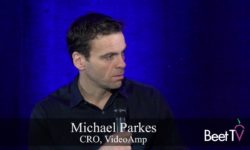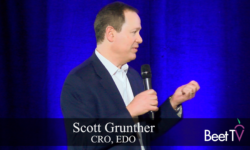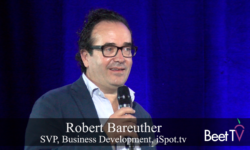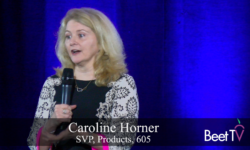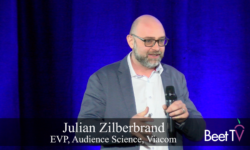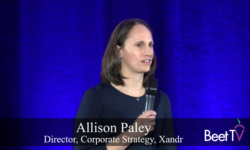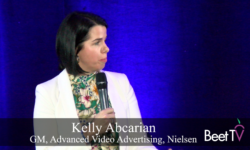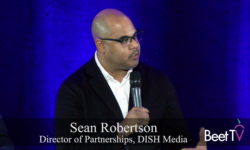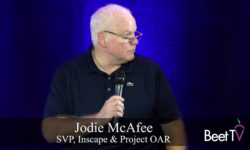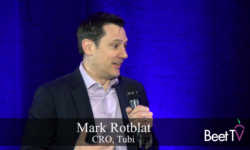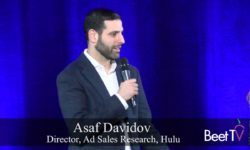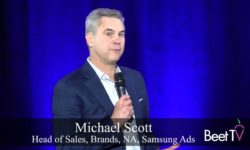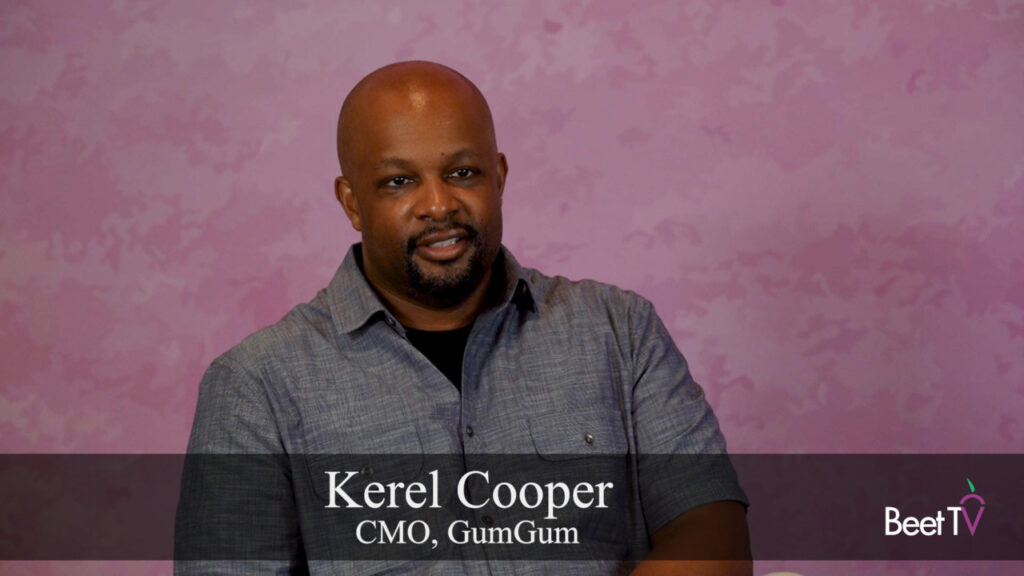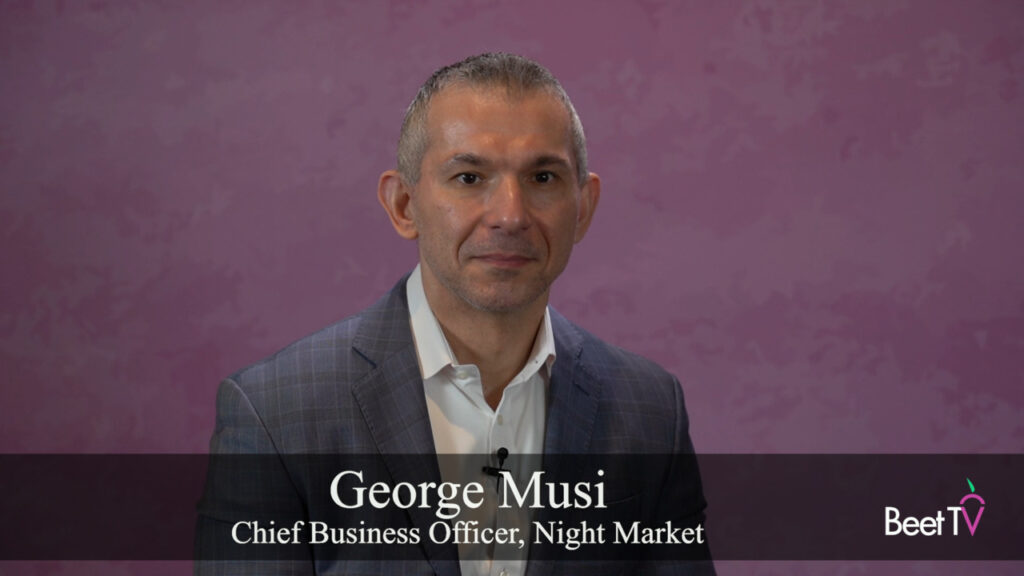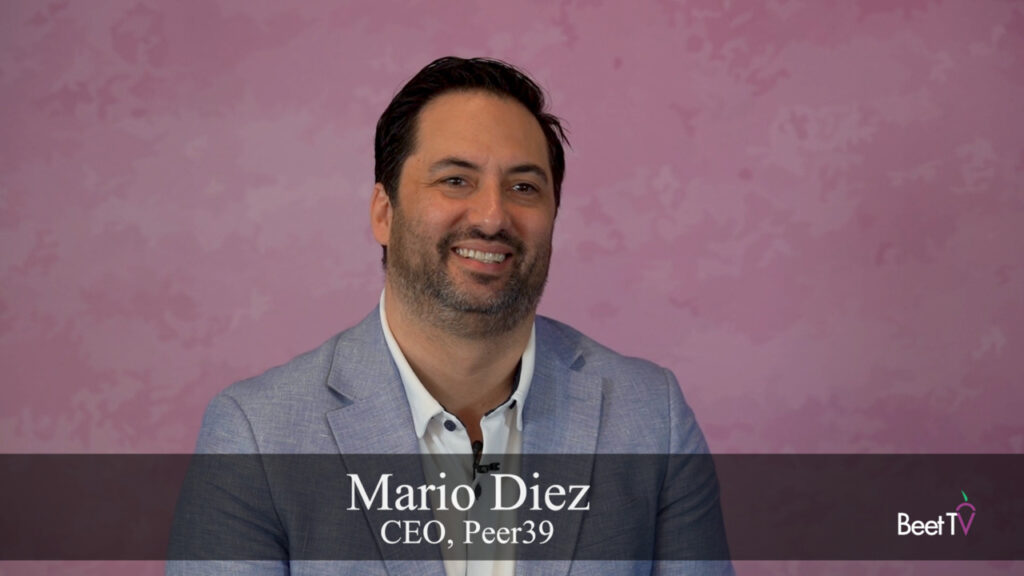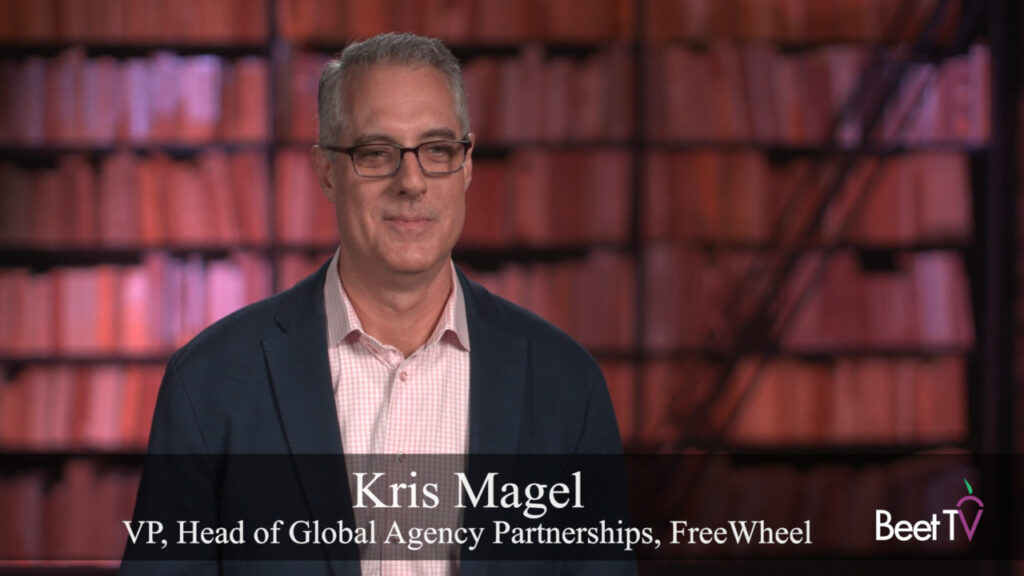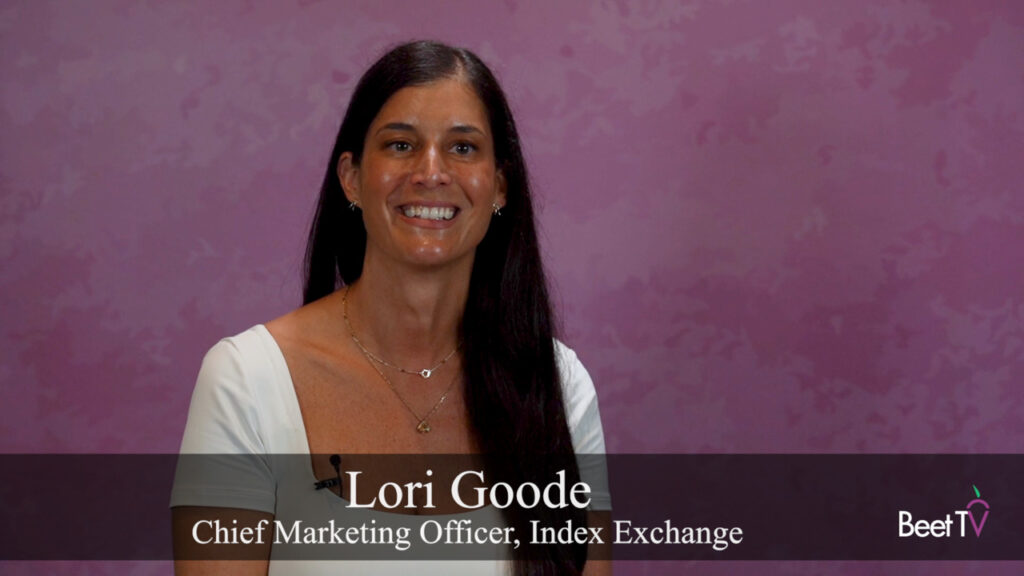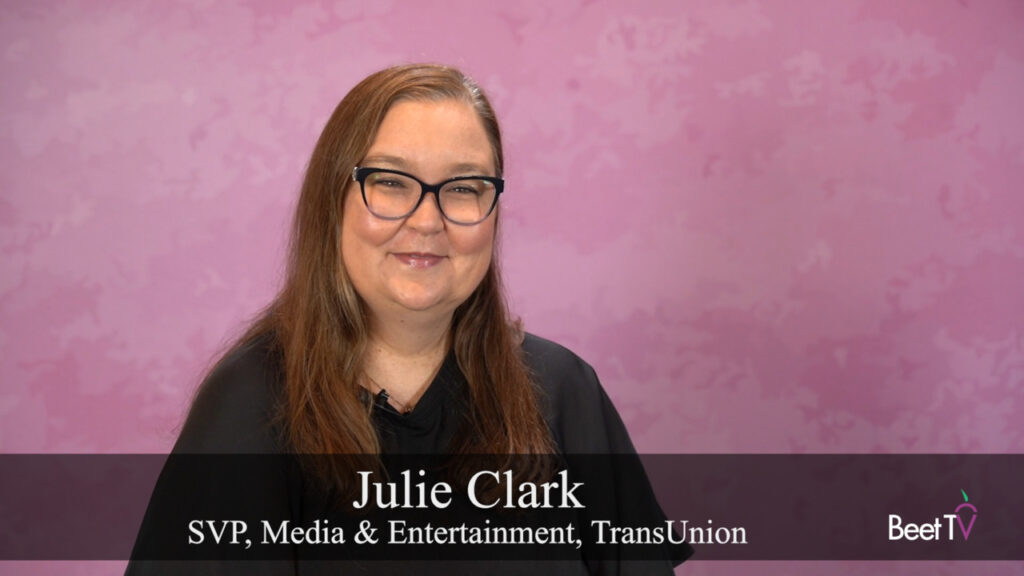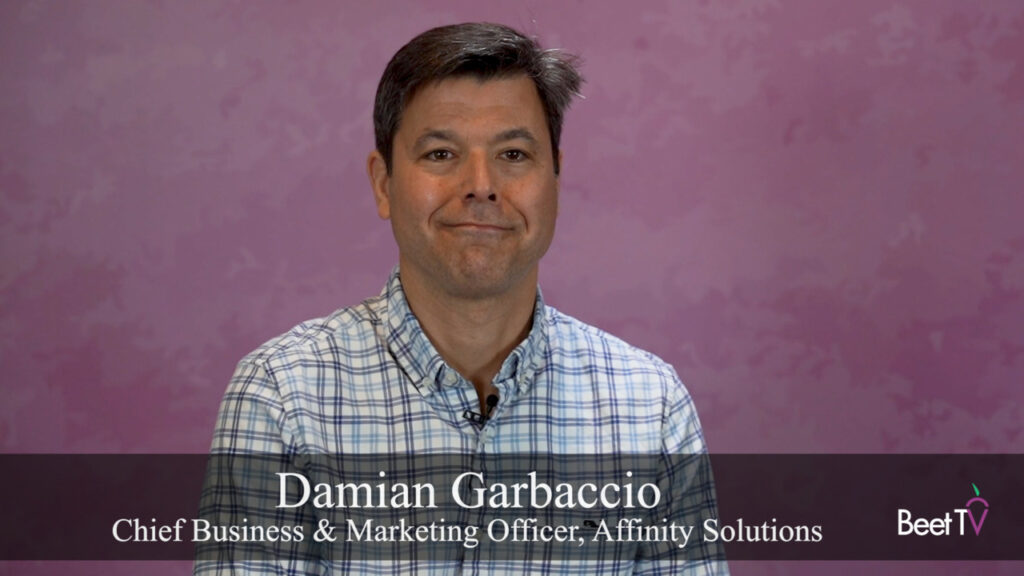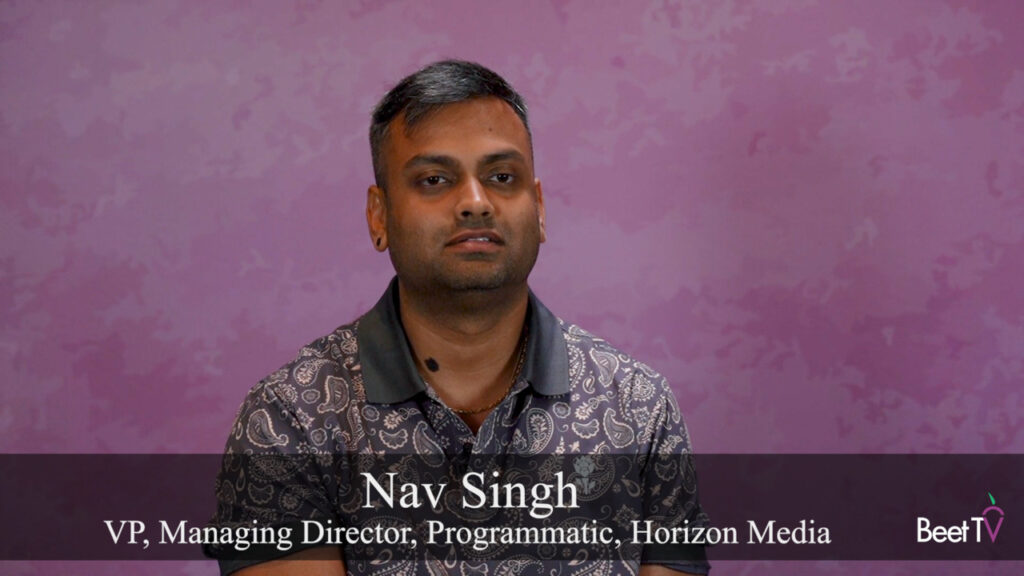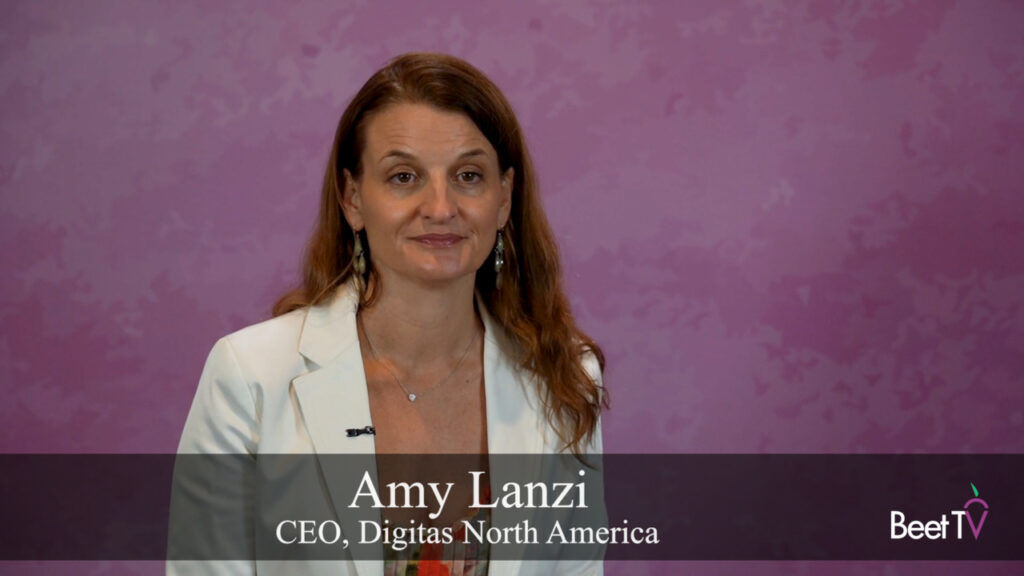SAN JUAN, PR– Addressability is evolving. In an interview with Beet.TV at the Beet Retreat in San Juan, Jonathan Steuer, chief research officer at Omnicom Media Group discussed the present and future of addressable.
One of the exciting parts of the here and now is that supply enablement is finally moving forward. The sheer amount of inventory sources still presents a challenge, but more and more inventory is becoming technically addressable.
Two situations in which brands are leaning into addressable are either when there’s a tightly defined target or when companies have CRM data.
“They’re able to think about using TV like the way they use other digital sources,” says Steuer. “That would be the DTCs, or even we work with McDonald’s. They’ve got an app and loyalty data and they’re trying to use that to shape their addressable strategies.”
According to Steuer, five or 10 years from now, all TV advertising will be technically addressable, meaning it will be able to have some sort of dynamic ad insertion for some kind of a target audience.
“On some level it doesn’t matter whether that’s happening on the glass of the TV set through a smart TV, or through a set top box or through a streaming app,” says Steuer. “I think then the conversation we need to have is how you balance marketers needs for broad reach mass campaigns that are still absolutely relevant in the marketplace and useful at brand-building versus the much more precisely targeted, hard, conversion-driven one-to-one world that we come from in digital.”
The challenge for addressable today has two sides. The first is that there’s not true census data for linear TV so there’s no record of who has seen a campaign and who has not. There’s also a data transparency issue on the digital side because it’s simply not being shared.
“I think both of those point to a world where for us to build a more efficient advertising ecosystem we need collaboration around data sharing to enable both planning and measurement against a unified data environment.” Says Steuer.
He points to some additional warnings for the future of measurement. First is the need to get away from the raw, volume-metric past that the industry is accustomed to in order to make way for fewer and more valuable impressions. The second is that the buy, sell, and delivery sides of the industry need to unify and establish some standard methods for aggregating and story delivery data
“That’s the only way we get from ‘measurement’,” says Steuer. “Which is what we had before because we couldn’t actually count what was going on, to a world where everyone can count based on the same underlying data and use that to understand what people saw, when they saw it, and what they did afterwards.”
This video was produced at the Beet Retreat San Juan 2020 sponsored by 605, DISH Media, NBCU, Roundel & Tubi. For more videos from the series, please visit this landing page.






